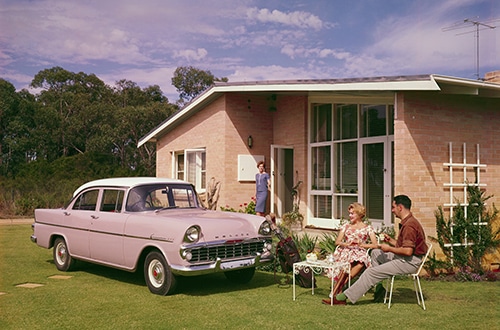Housing Affordability – is it a Crisis?

For anyone who grew up in the 1950’s, 60’s or 70’s, life was pretty good. Certainly, there were some folk who did it tough but for the majority, we had a roof over our heads, reasonable clothes to wear – even if they were handed down – and food to eat. Life felt much simpler then. Many of us lived in a free-standing house on a ‘quarter acre’ (~1,000 m2) block of land somewhere in the suburbs. Often the house was modest – perhaps 3 bedrooms, with a kitchen, a lounge room and a dining room. A sunroom was often added on the back and some of the later designs included the ‘rumpus room’. We didn’t have media rooms, a separate study or multiple living areas. Yet somehow, we all survived.
The Great Australian Dream was to have your own home on your own quarter acre. It was a rite of passage.
As time went on, families became smaller. The quarter acre block has now shrunk to 300 or 400 square metres and houses have been stretched to fill every available square millimetre of the block. And, particularly if you live in Sydney or Melbourne, prices have skyrocketed, making housing unaffordable for most unless willing to take on the burden of a huge mortgage that will extend for a lifetime or two. It is well accepted that as nice as a home in the suburbs may be, the financial pressure that accompanies a big mortgage results in enormous stress on families as they simply try to get by from one pay to the next. Sadly, we live in a society that measures success, not by who we are as individuals, but by where we live, what we own, and the schools we send our kids to.
Over the years many people have told me about the huge sense of relief when they finally become debt free – not just free of the mortgage, but free from the car loan, personal loans and the credit cards debts. With Australian housing prices going ‘through the roof’, this got me thinking about whether there is an alternative to the housing treadmill and the affordability crisis we seem to have. Perhaps some of the alternatives to the stress and pressure of living in a ‘McMansion’ in the suburbs might include:
- Moving to the country where costs are lower and the quality of life is often much better
- Adopting a simpler lifestyle and living in a more modest home, trading down, subdividing, or embracing the tiny house movement (although that is not for everyone)
- Sharing a house with family members or other like-minded people.
These suggestions will not suit everyone but I think we need to get creative when looking at our housing options for the future, particularly if we want an affordable and stress-free living. Bigger is not always better. How creative are you when it comes to your housing options?
WHO CAN HELP? Talk to your Highview Accountant about your options – you might be ready to meet with a Financial Planner to discuss your personal circumstances in greater detail.
Source: Article Written by Peter Kelly, InterPrac Prepare For Life Issue 27 2017